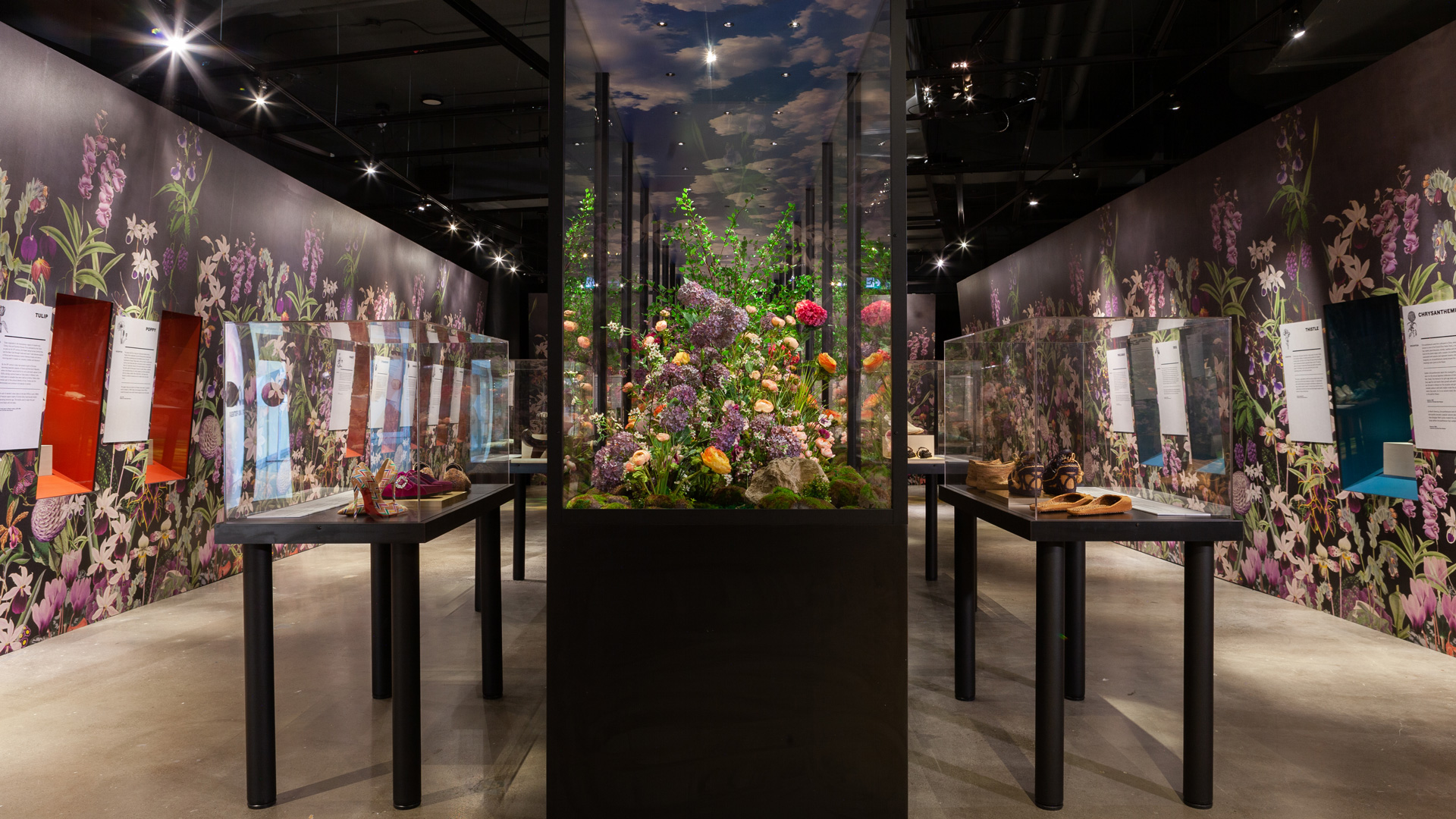By Transit
From the St. George subway station (on both the Bloor-Danforth and the Yonge-University lines), exit onto St. George Street. Turn left (walk south) for about 30 seconds and you’ll be at the northeast corner of Bloor Street West and St. George Street. From there, cross the road twice to reach the southwest corner of the intersection, and you’re at the Museum!
By Car
From Highway 401
Take the Avenue Road exit and go south to Bloor Street. Turn right onto Bloor Street and continue west to St. George Street. OR take the Bathurst Street exit and go south to Bloor Street. Turn left onto Bloor Street and continue east to St. George Street.
From the Queen Elizabeth Way (QEW)
Get onto the Gardiner Expressway and exit at Spadina Avenue. Proceed north on Spadina to Bloor Street. Then turn right onto Bloor Street and go east on Bloor to St. George Street.
Parking
Street parking and paid parking lots within walking distance of the Museum may be available. Possibilities include:
The Toronto Parking Authority’s Carpark 58, the Bloor-Bedford Garage: 9 Bedford Road, north of Bloor Street West and two blocks east of the Museum.
The Toronto Parking Authority’s Carpark 205: 465 Huron Street, north of Bloor Street West and one block west of the Museum






















